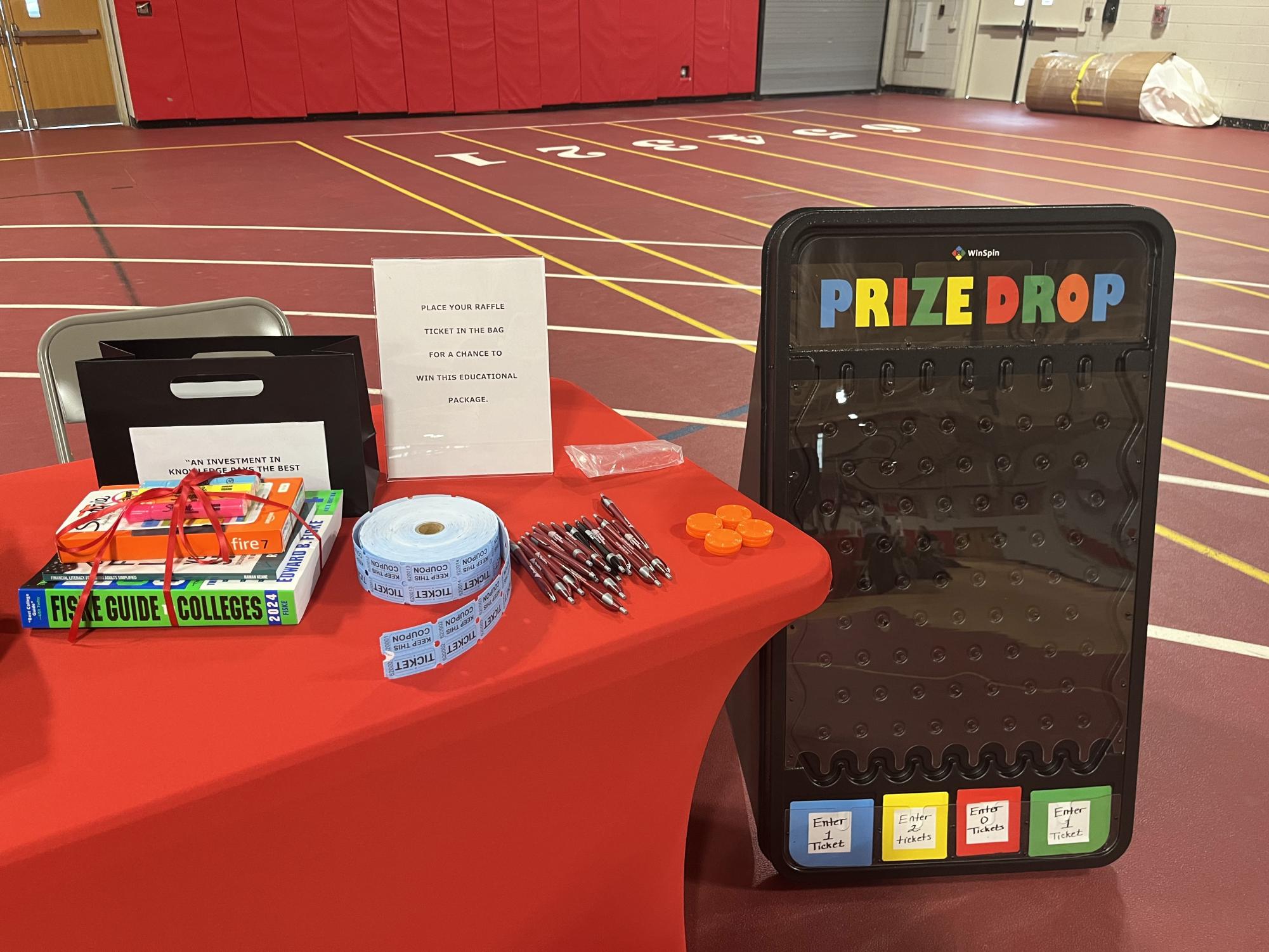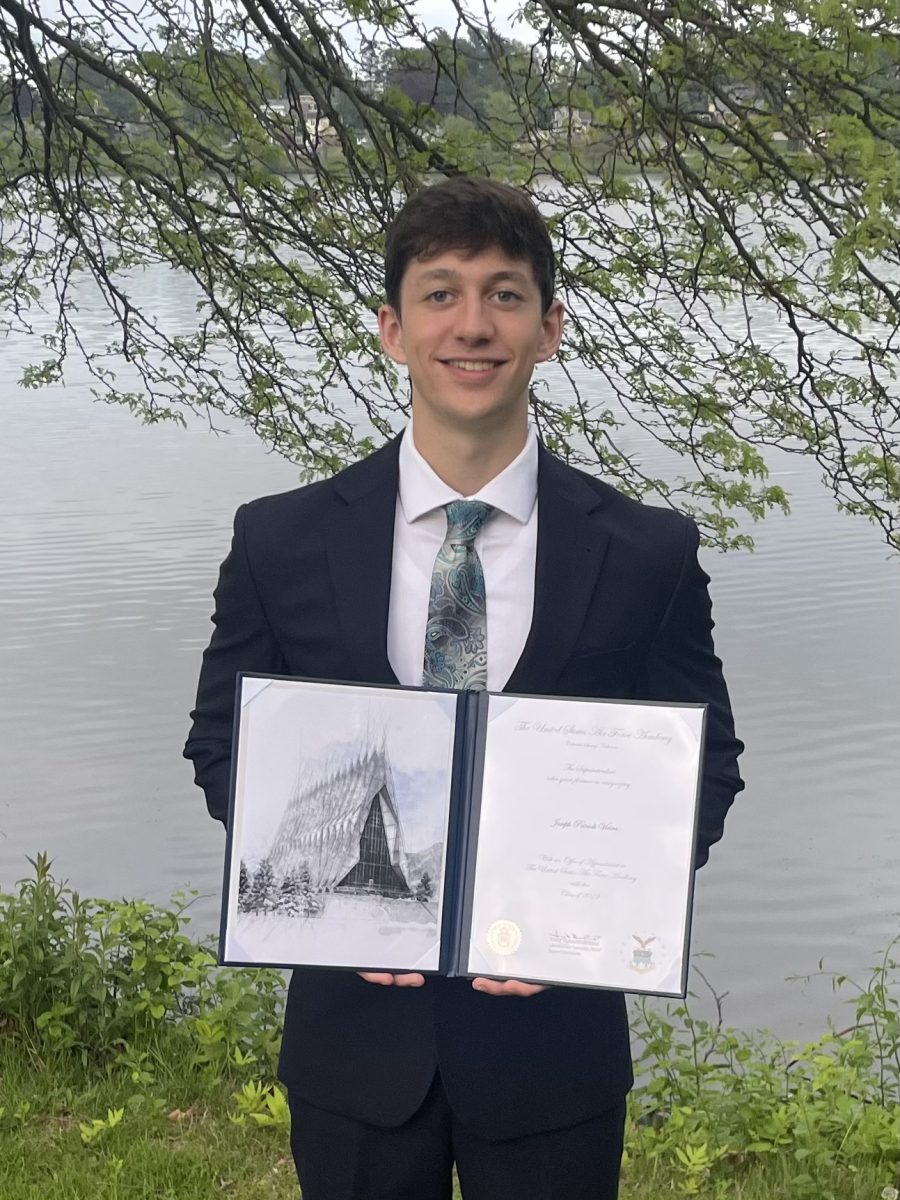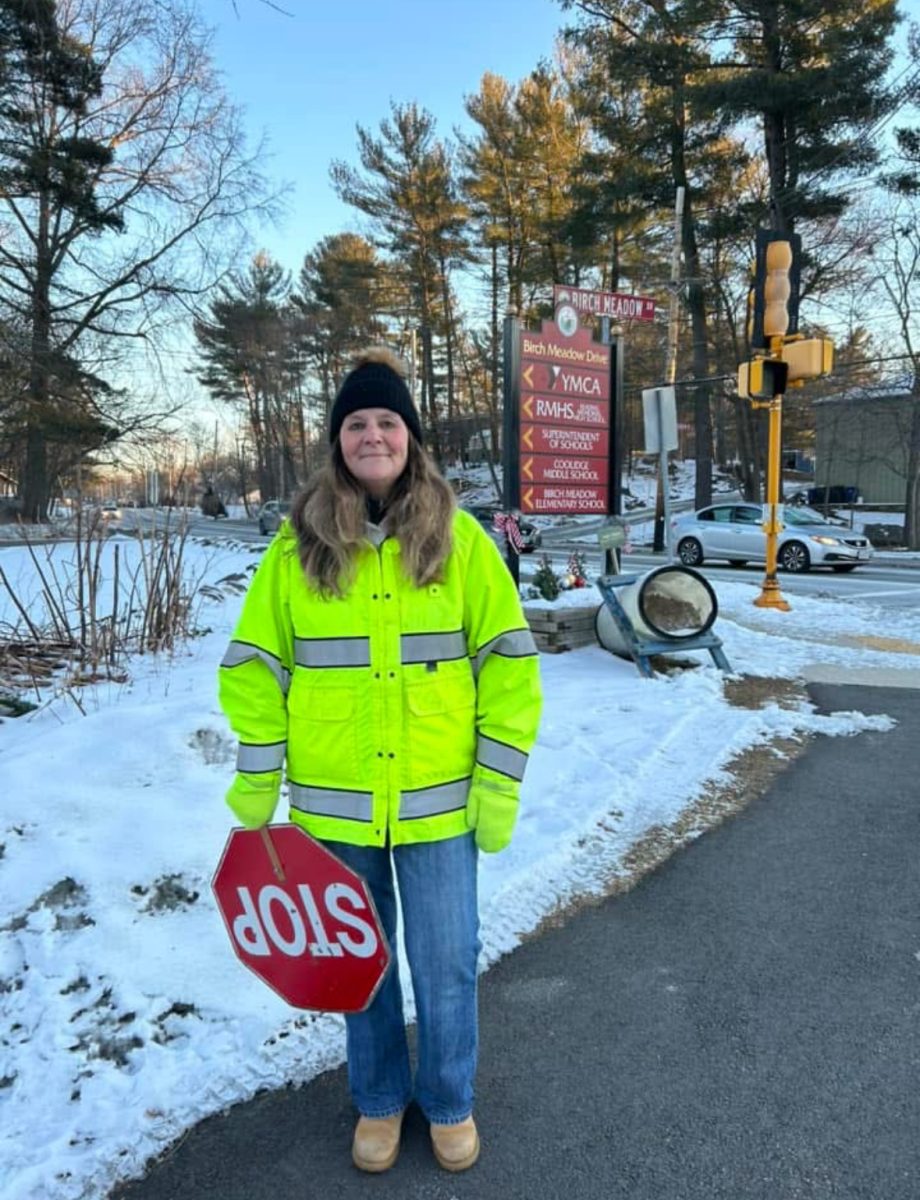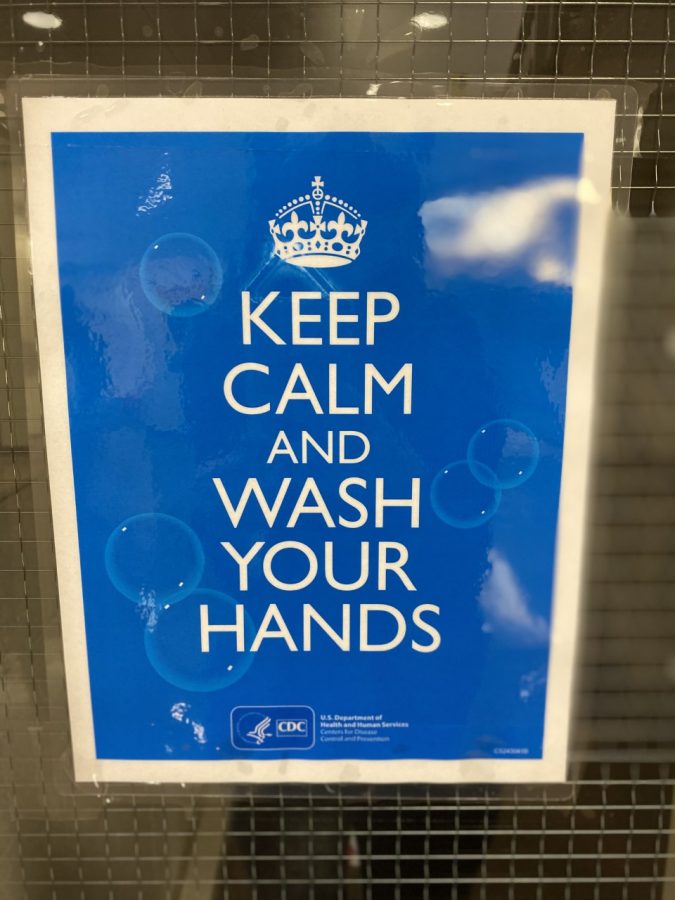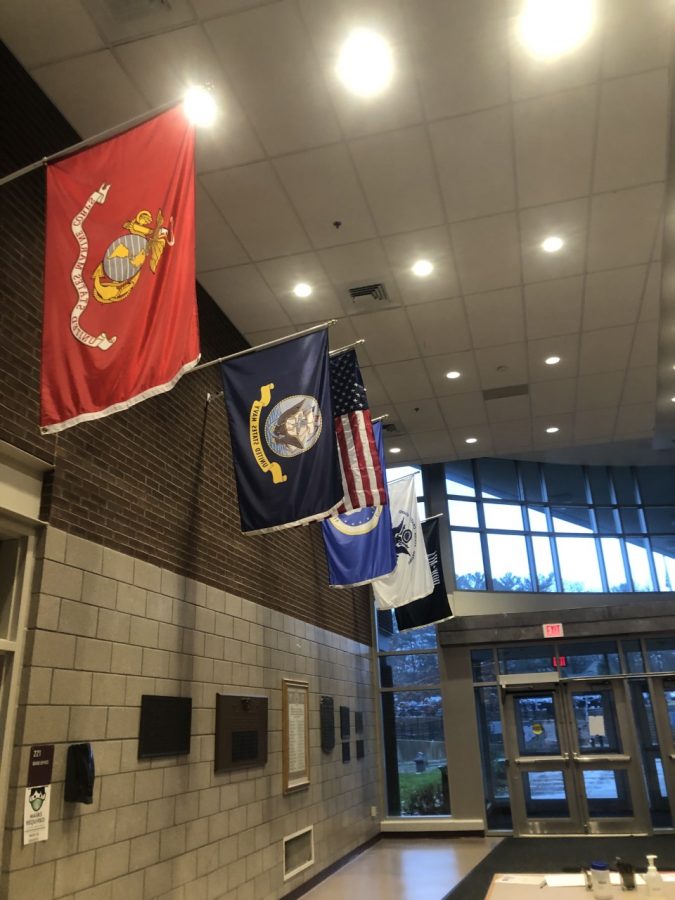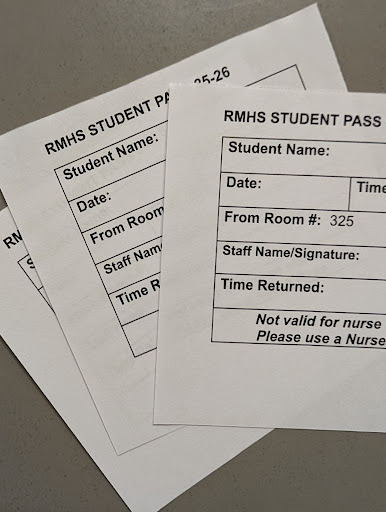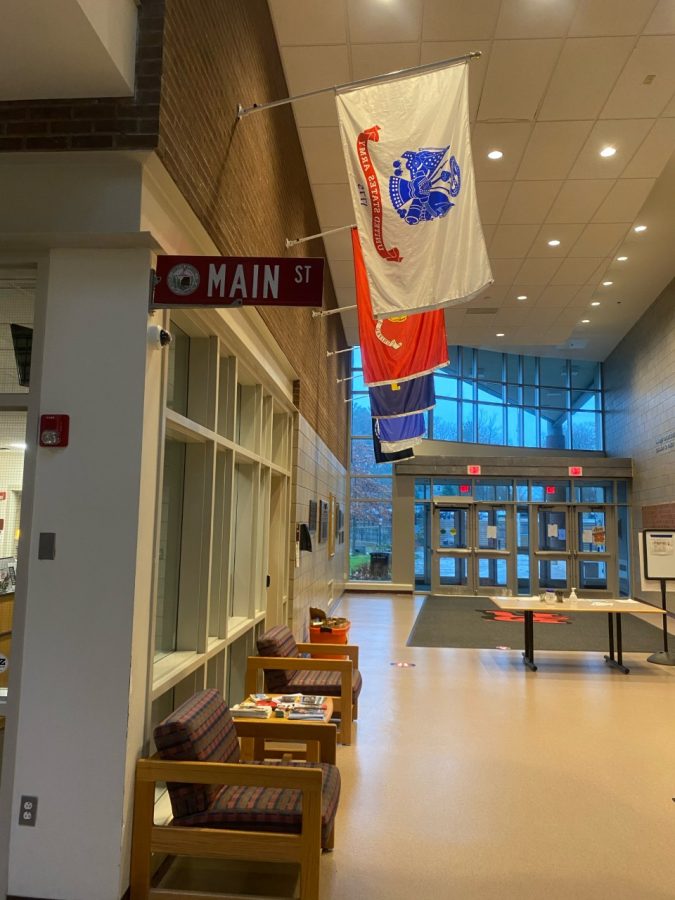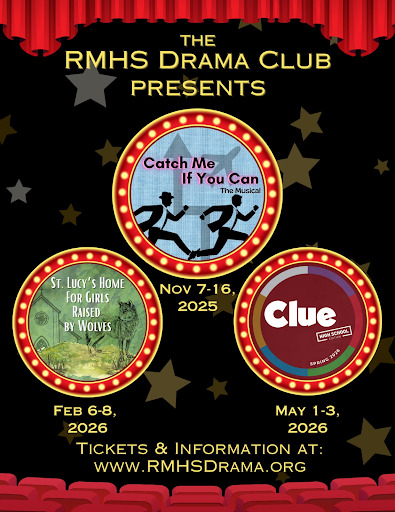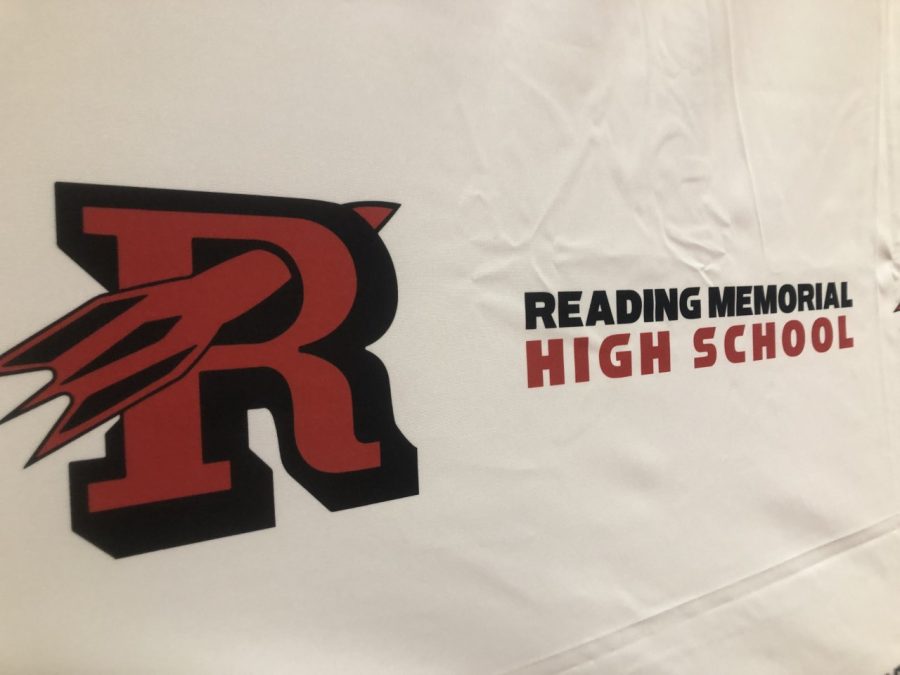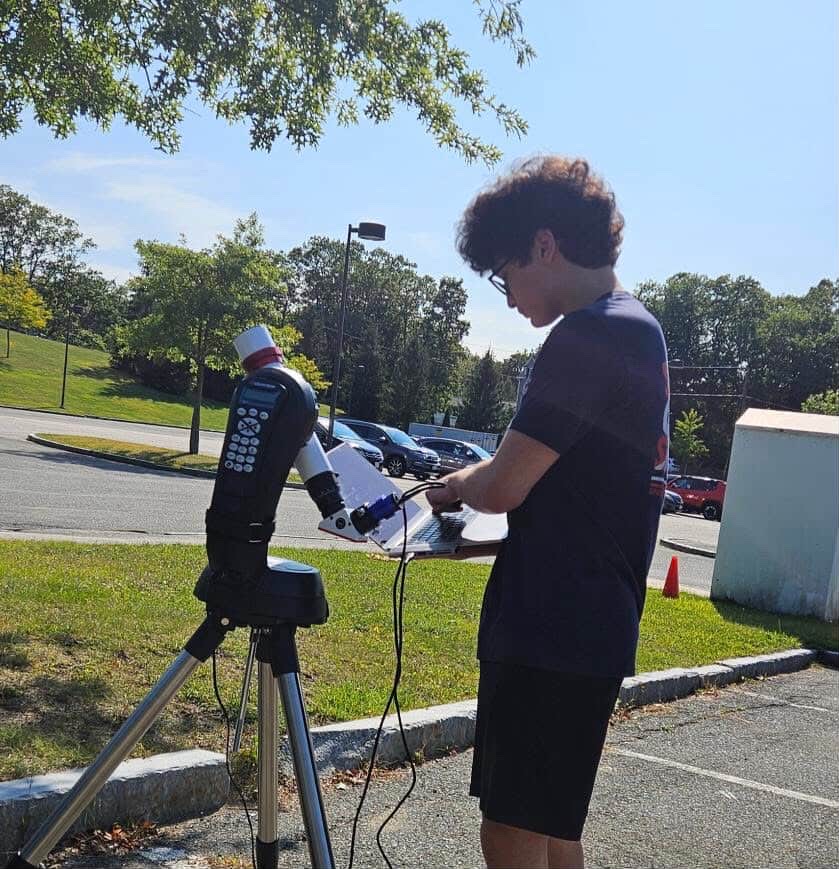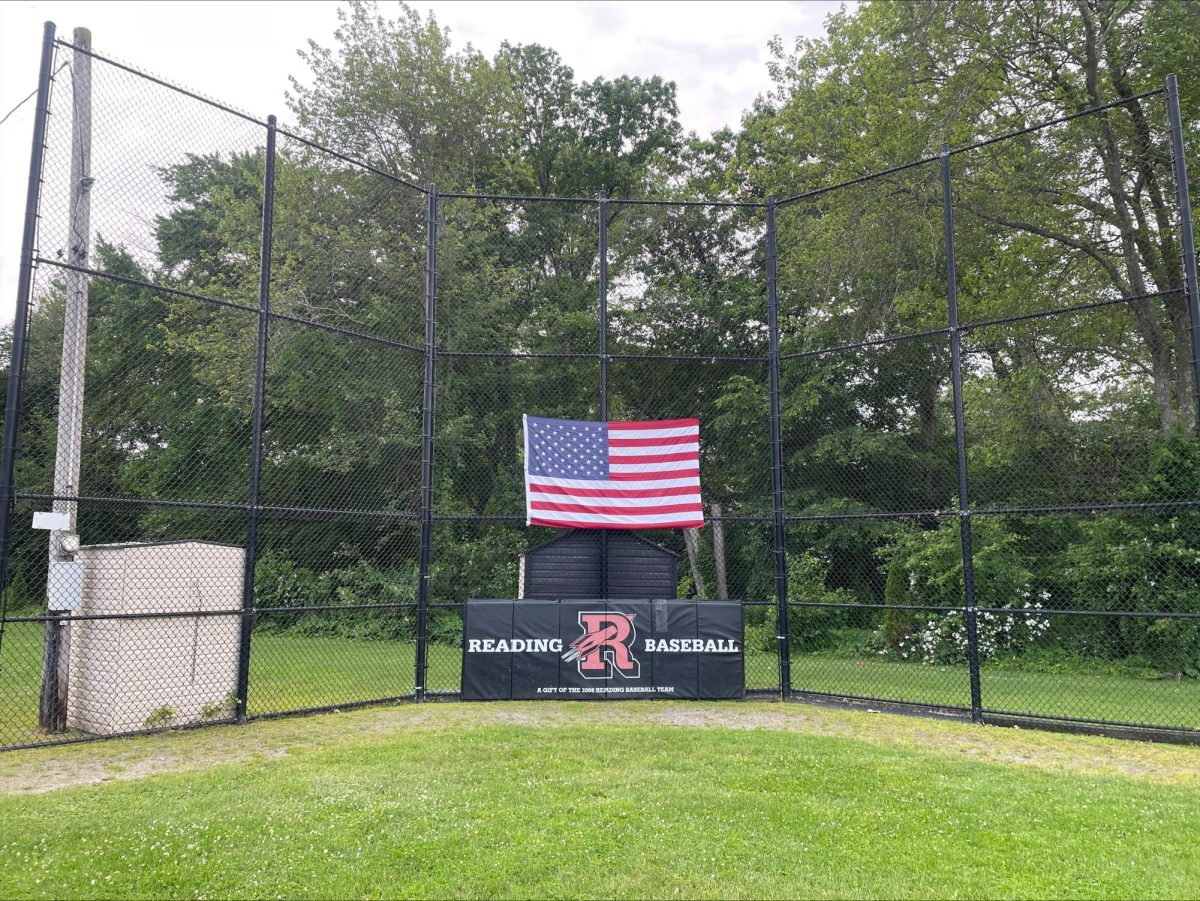The Hawkes Field House has been set up with a dozen stations, each with tables covered by blazing red tablecloths. At one there are two big, colorful game show-style wheels; at another there are three tables lined with prizes such as lei necklaces and sunglasses. At each, volunteers wearing name badges attached to red lanyards are seen waiting patiently. But what was this unusual scene?
Junior students from RMHS are then welcomed into the field house to partake in the Credit for Life fair, hosted by the Reading Cooperative Bank. This is the second year the Reading Cooperative Bank has sponsored the Credit for Life fair at RMHS. Here, the students are invited to learn about credit and how to manage their finances after high school through a simulation. They take on the role of a 25 year old with a job of their choosing and learn to use their monthly salaries, savings, and credit cards to discover how to manage everyday life as an adult. As stated on the Credit for Life website, their goal is to “teach students how to balance a budget and live within their means.”
The twelve stations are as follows: Housing, Furniture, and Utilities; Lifestyle; Education & Training; Money Smart; Fun, Fun, Fun; Part-time Jobs; Planning for the Future; Food & Nutrition; Health & Wellness; Charitable Giving; Transportation; Budget Review. Budget Review is the last station, in which students enter their “passport” as a ticket in a raffle, with prizes such as gift cards. Other than that, students are free to roam about the room and decide on the order in which they will go to each station.
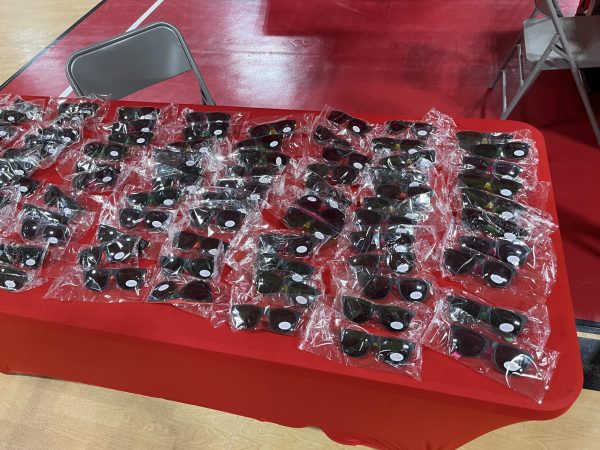
Back at the fair, a lot of “I didn’t know this,” “I have no clue,” and “I’ve never heard of this before” can be heard across all of the stations, though most specifically at the “Money Smart” station. Here, students can spin one of the two game show-style wheels and answer the question the wheel lands on in exchange for a sticker for their Credit for Life passports. As one of the volunteers said, the main three questions students seemed to not know the answer to were: “what is phishing?” “can an employer check your credit score?” and “when you get a credit card, what benefit is that to you?”
In comparison to when the fair took place last year, the Credit for Life fair was not mandatory this year, and students in AP classes were not allowed to leave their classes to attend the fair. In addition to this, another volunteer at the “Lifestyle” station commented, “Last year it was just people huddled at certain tables and others were empty, but this year had more of a flow, so it ran much more smoothly.”
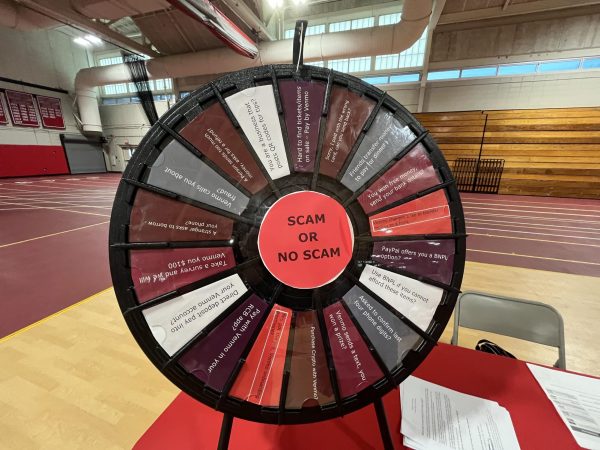
Ms. Langill, who runs the branch of the Reading Cooperative Bank that is located at RMHS, gave her perspective on some aspects of the fair and financial literacy for teenagers as a whole. She noted that she believes the fair is important for high school students to learn about financial literacy. “Once they leave high school – which, these are juniors in high school so they have basically one more year being in high school and then they’re on their own in college – there’s a lot of great chances to get into credit debt, to open credit and not be able to afford to pay what they’re charging, to not be paying their bills on time, to start creating bad habits and poor credit scores, which is going to affect them for a very long time. I think it’s important that we educate them while they’re in high school before they’re set off on their own and set them up for failure.”
Regarding the most common misconceptions amongst high school students, Ms. Langill said, “I have many students that say to me that they pay for everything – that they are under the assumption that they’re paying for all their bills on their own. There are some juniors that do pay a lot of bills, and seniors that do pay a bulk of their expenses. But when they say they’re paying for everything, they’re not taking into consideration that you have to pay for health insurance, you have to pay for life insurance, you have to pay for utilities, gas, electricity, water bill. These are things kids don’t think about – all those other little bills that parents are paying for them, and that, eventually, once they get out of college and they’re 25 years old, it’s going to be their responsibility. I think it’s important for them to see the entire package because just living on your own isn’t paying your rent or your mortgage. It’s paying a lot of other expenses that go along with it.”
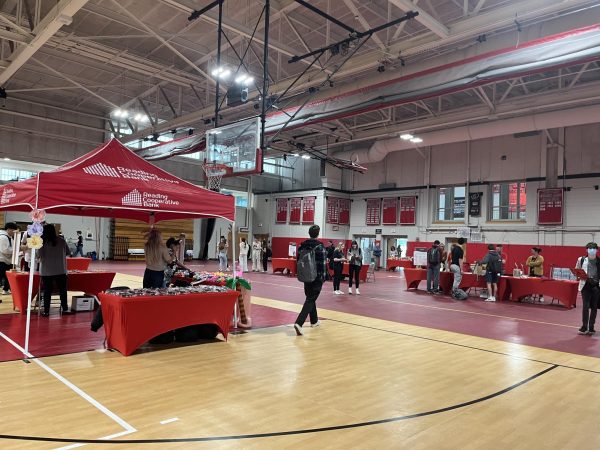
On the topic of misconceptions being worked into the simulation and discussed at the Money Smart station, Ms. Langill said, “We have tons of kids with identity theft, being scammed and falling into different things. They take a survey and it’ll say ‘we’ll pay you $100.’ And they [the students] think it’s real. You really have to look at all of these. And they’re getting you,” she explained, referring to online scammers. “They’re getting you at 16 years old, at 15 years old. So it’s good to start being aware of that. Even with saving for retirement – the difference when you start saving young, even if you take 10 years off [at some point], the difference between getting that money in there and having it start to compound interest early when you can, is so you’re going to be so much more ahead of the game than people that start later. I wish I knew some of these things when I was a kid.”
Ms. Langill also believes that the Credit for Life fair is beneficial to high school students for some different reasons: “I think the Credit for Life fair is just a great chance for kids to get an idea of all the expenses [they will have] and have an understanding of staying within a budget – but at the same time, we try to make it fun. We put little fun things along the way to keep them engaged and interested. I hope that they’re enjoying that as well. I hope that they get something out of it and come out of it and say, ‘This was something I didn’t really think about,’ and, ‘I didn’t realize I had all of these expenses,’ and ‘I overspent on my car,’ and, ‘now what am I going to do?’ So just to bring some realization into what it’s going to be like when they are actually 25 years old and out on their own.”
Walking into the field house, I could see how big of an opportunity this was for junior students: getting to experience and envision the financial aspects of their 25 year old lives is an opportunity many people may never get. Moving from one station to another, junior students were able to reinforce what they knew and learn some of the big misconceptions present in real-world finances.
